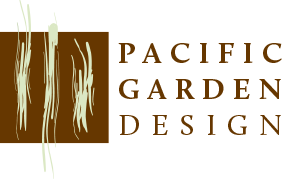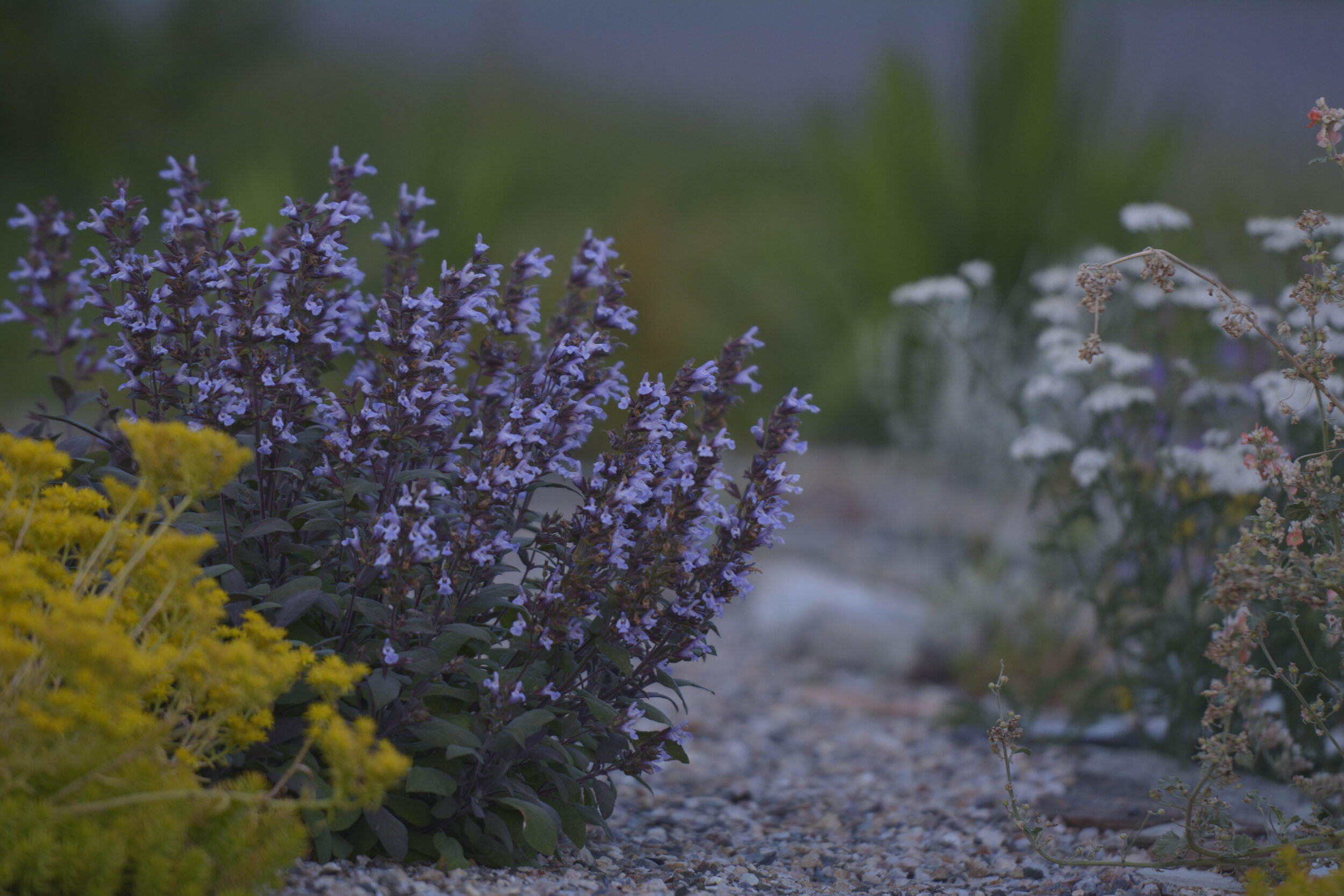Even if you are an avid gardener, at some point life will step in through an unexpected event, hectic work schedule, or maybe arthritic joints, and prevent you from spending time caring for your yard. This is where the golden dream of the “No Maintenance Yard” comes into play. That idyllic situation where you can step out your door and see a weed-free, manicured oasis without having lifted a finger or ponied up for a full care yard service.
Regrettably this dream doesn’t exist in the real world, but through thoughtful design and integrated pest management systems you can drastically cut down on what is needed and free up more of your time for family, work, or reading blogs.
Let’s start with the dark secret of modern landscapes; most yards have been designed in a way that will require them to be re-landscaped every 10-15 years. You can avoid this by hiring a skilled landscape designer with horticultural expertise that allows them to correctly choose plants for your landscape with life spans and growth habits that meet your needs. Placement also plays a huge role. Let’s use a Burning Bush as an example. A Burning Bush in an open, well-draining area in full sun will show excellent fall color and gracefully meet its full size. But things can easily go wrong and prevent that. Burning bushes can develop root rot and die from prolonged exposure to water-logged soil. They also don’t respond well to excessive pruning and can be easily turned from an attractive shrub to a misshapen, leafy beast. This is compounded if you mistakenly plant the full-sized shrub rather than the dwarf variety. A full-size Burning Bush will mature to 12’ wide and 12’ tall! A dwarf will reach 6’ tall and wide’. It is easy to see how this can become an issue if it is planted right next to a door or a driveway. And then there is their signature fall color. Burning Bushes will not develop that beautiful red tint if they are planted in shade.
Burning Bushes are just one example. Landscapes everywhere are filled with invasive groundcovers, oversized trees, and disease prone species. Low maintenance design allows all plants to reach their mature size without too much care or intervention. You wouldn’t want to transport four Great Danes in a compact car in the same way you won’t like having four full-sized Cottonwood trees on a small city lot.
Now onto weeds. Start by thinking of a forest full of beautiful evergreen trees; It’s summer and you can smell the warm pine in the sunshine. Look around; Is it overrun with Dandelions and Crabgrass? Not really. You might see a few wildflowers around and some grasses, but overall, there are very few weeds. Why is that? The answer comes in two parts.
First there is no bare, uncovered dirt in nature. Everything around is covered with pine needles and leaves. On the contrary, your yard probably has quite a bit of ground that is not covered with a thick layer of natural mulch. Seeds can lay dormant in the soil for years; once that dirt is turned up or exposed, those seeds germinate and begin to grow. Anytime you turn up soil you can expect to have to deal with weeds for the next year or two.
I don’t know about you, but I’m not keen on having my whole yard covered in a thick layer of pine needles and leaves. Thankfully, there are other options. Laying down three or more inches of rock or bark/arborist chips will mimic the weed suppression of a forest floor. You just need to make sure you deal with the existing weeds.
The second culprit is irrigation. Plants, like us, need water to survive. Artificial irrigation allows us to have a lush oasis of beautiful plants in an area that is otherwise quite arid. That same irrigation also allows weeds to thrive. Choosing a type of irrigation, such as drip line, that only delivers water to the plants that need it will naturally decrease the amount of weeds in your yard. There is much more to weed prevention than we have covered so far, but this is an excellent place to start.
The final topic we are going to cover is lawns. Some people really enjoy having and caring for their lawn; I am not one of those people. I do love having that lovely green color that lawn provides, though. If you are willing to think outside of the box there are many other ways you can use your yard space. I only have about 200 sq. ft. of “lawn” and it is a native fescue grass that doesn’t have to be watered and is mowed twice a year. The rest of my yard space is devoted to gravel walkways, patios, a vegetable garden, landscaped beds, dry creek beds and a firepit. A good landscape designer can help you find alternatives that don’t require you to be out mowing every Saturday!
Above all remember that most changes in nature happen slowly. All landscapes, natural and artificial, will evolve and change over time. “No Maintenance” may be a myth, but there are steps you can take to start reducing the time and resources you need to commit to keeping your yard beautiful.
Thank you for being interested enough in your landscape to want to learn more and for being a part of our growth as a community. Together we can make the Inland Northwest more beautiful!
- Alison Pasino
Designer/Project Manager & Certified Arborist
Minimal work & maximum comfort


